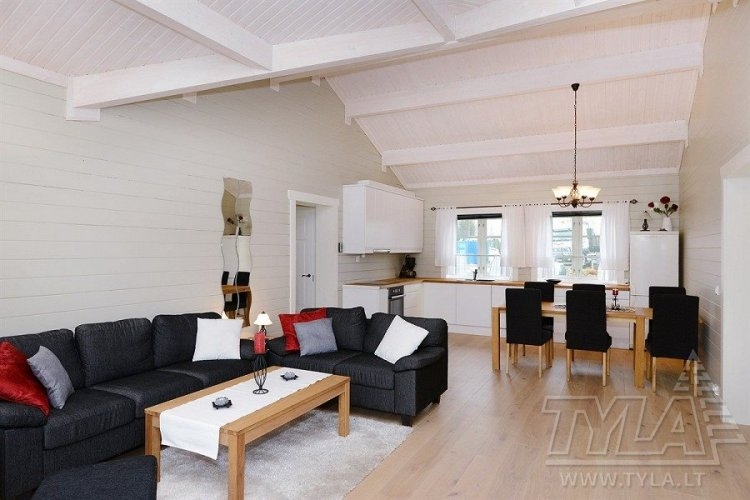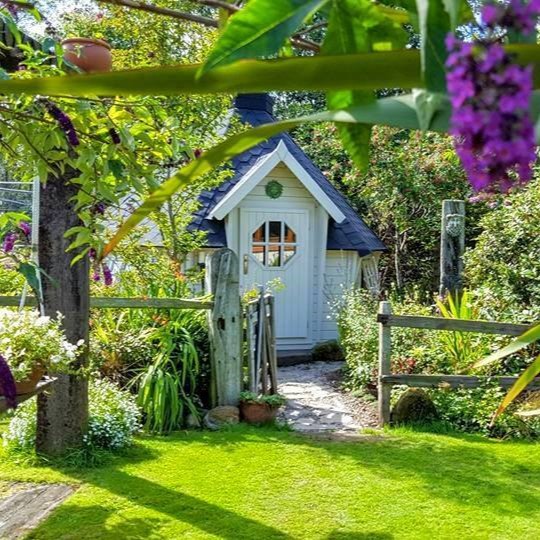A log cabin is a building that can combine aesthetic appeal with functionality. Constructing a building from wooden logs ensures that it will be durable. It also captures a rustic look that conjures up images of escaping from the pressures of modern civilisation.
Log cabins can be suitable as somewhere to stay on holiday. They make for excellent garden rooms too; ideal home offices or gaming rooms. There are many advantages to them, but there can also be problems. Here are some of the most common log cabin issues and how you can avoid them.
Moisture damage
Perhaps the most serious problem that you can have with a log cabin is moisture damage. Extreme humidity can lead to this, as can heavy rain or snow. Rain in particular is something that most of the UK gets on a regular basis, so you will need to be able to protect your log cabin against its effects.
The simple fact is that water and wood do not mix together well. Among the issues that moisture can lead to are mould, fungus, staining and rotting. Some of these are just unsightly, but rotted wood is unsafe and will eventually make the cabin impossible to use. Fortunately, it is not all that difficult to prevent moisture from ruining your log cabin.
The first step you can take to avoid this problem is to remove any plants or bushes that are near to the walls of the cabin. This is because they attract moisture. You can still have greenery within its vicinity, but it should be a minimum of six feet away.
Another thing that you can do is to install overhangs and guttering. These are designed to drive rainwater away from buildings and will protect the walls of your cabin. You should also make sure that cabin is completely sealed and watertight. Check for gaps in the sealant on a regular basis and get them repaired.
The best way to ensure that moisture from the ground does not cause rotting, mould or fungus is by building the cabin on top of a foundation of around two-feet in height. You can clean the logs at the bottom of it regularly too, so that they are kept free of dirt and moss.
Insect issues
Insects are attracted to wooden buildings, but not many owners of those buildings welcome them with open arms. Carpenter bees and ants, as well as termites and wood beetles, are all common and they can cause damage. They make holes in the wood that look terrible and also weaken it. So, what can you do to prevent this?
Well, the insects that are such a pain for log cabin owners are attracted by wood that is either wet or rotting. This is another good reason for making sure you keep the wood used for your cabin in a healthy condition. Beyond that, you should also take care to avoid leaving rotting or dead wood lying around near your cabin. That could be a pile of old firewood that you have forgotten to clear away, or it could be wood from dead trees. Either way, it should be nowhere near a log cabin.
Bushes and plants are a magnet for insects too, just as they are for moisture. Therefore, if you follow the six feet rule when it comes to planting them, it will help to keep your cabin insect free as well as moisture free. There are also sprays that you can use to repel ants, carpenter bees and other troublesome pests.
Squirrels could potentially pose a risk, as they can cause damage to the wood, wires or heating systems. If you resist the urge to put up a bird feeder and make sure that tree branches are some distance from the cabin, it will help to keep them away.
Sun damage
The last of the major issues that you can have with a log cabin is damage caused by UV sun rays. This ultraviolet radiation will slowly lead to the outside surface of the wood breaking down. The resultant damage will attract micro fungi, which will accelerate the degeneration.
The best way to avoid this becoming a problem with your cabin is to provide some form of shade for the walls. Decking that has a shade cover and overhangs will help to shield the cabin from the glare of the sun.
At Logspan, we stock a variety of log cabins in different styles. Get in touch with us today to place your order.















